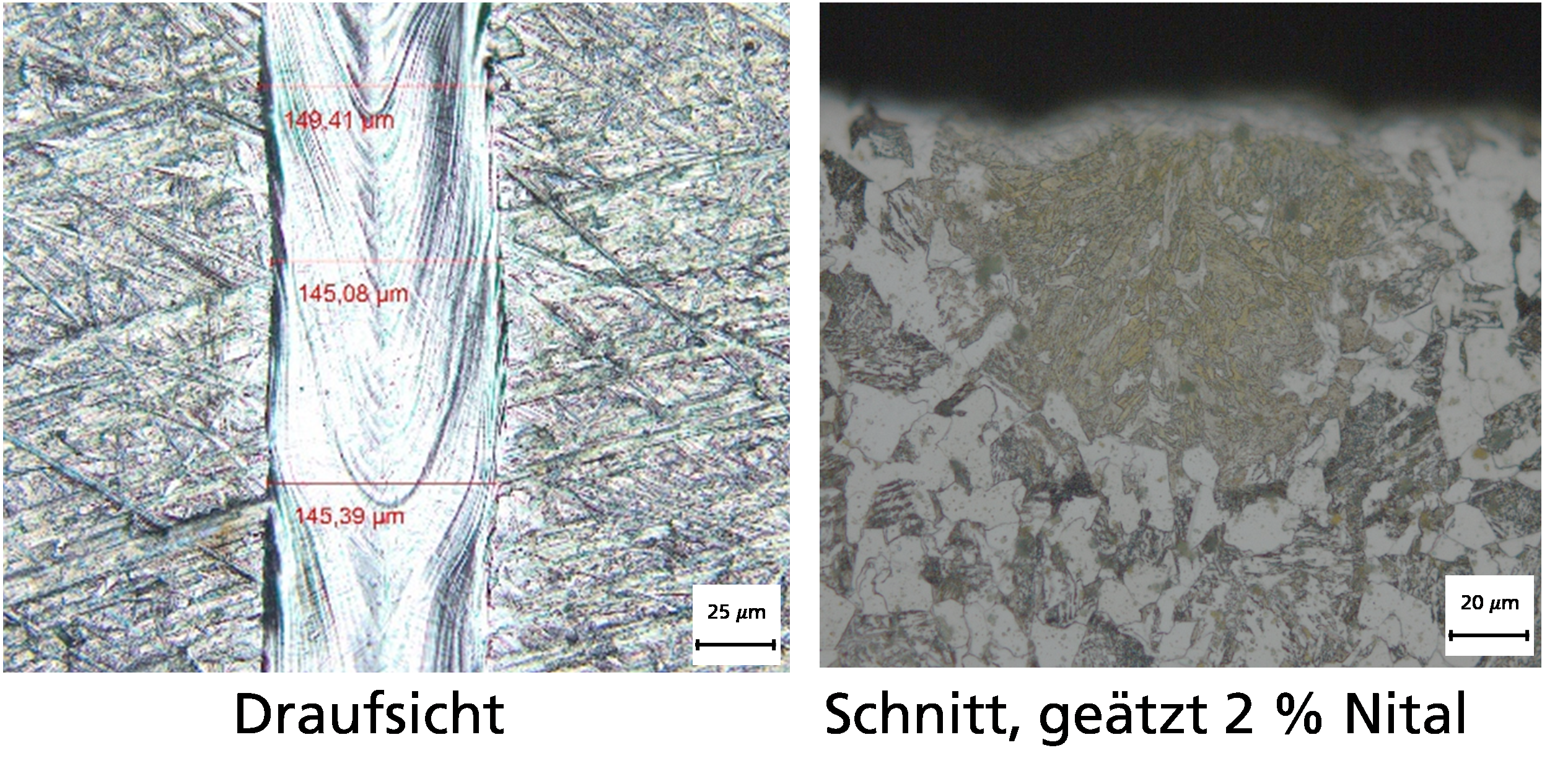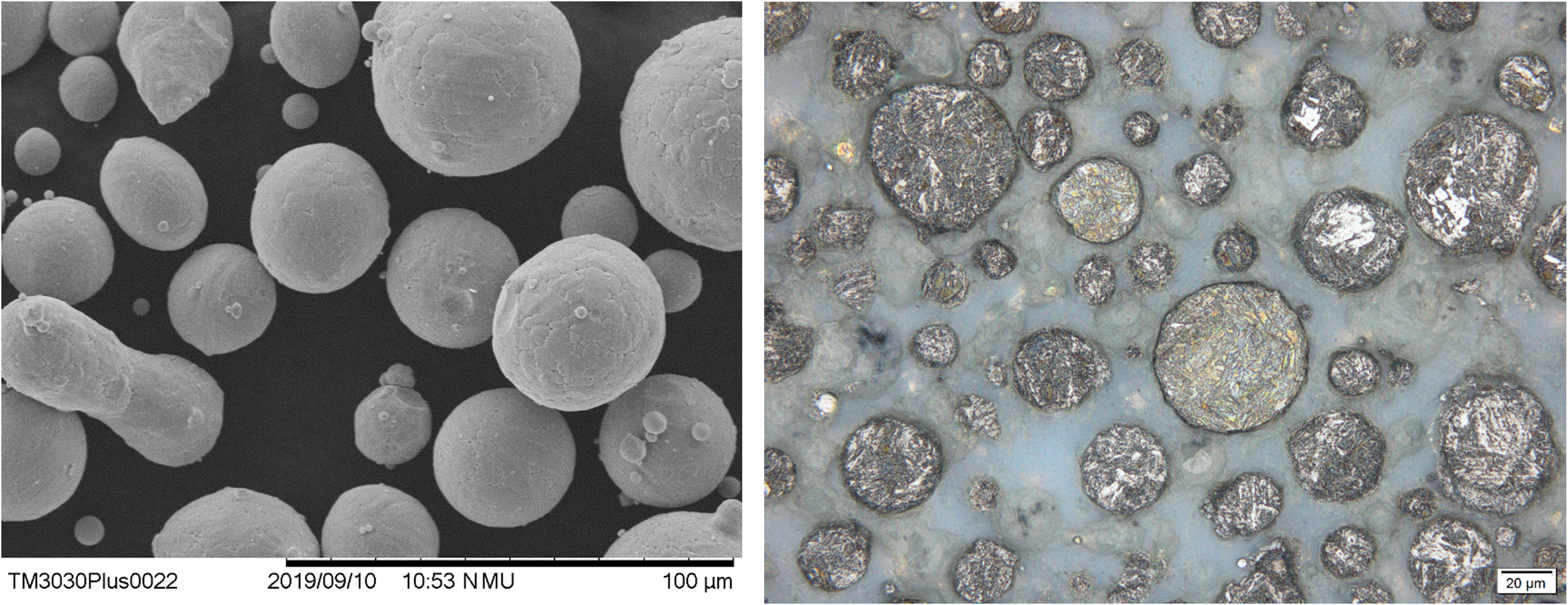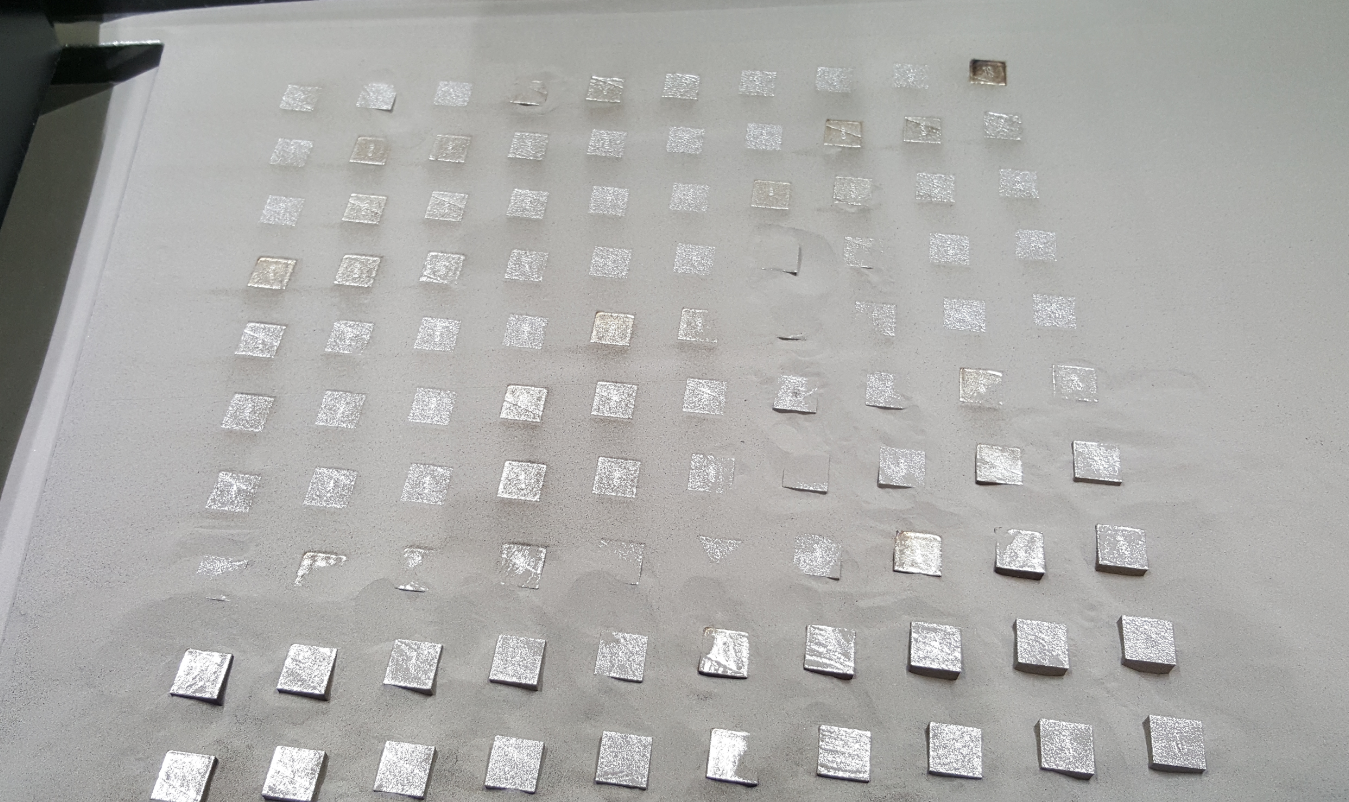Additive manufacturing enables unique shaping
Laser beam melting is one of the additive manufacturing (AM) processes that build a component using the layer principle. A powdery metallic starting material is melted in a defined manner with the aid of a laser beam and solidifies into a solid body. This opens up new and unique possibilities in shaping compared to conventional manufacturing processes.
The layered structure and the juxtaposition of the melting paths results in a material condition that differs from conventionally manufactured components. The resulting microstructure and the residual stress state are significantly influenced by the rapid cooling in laser beam melting.


